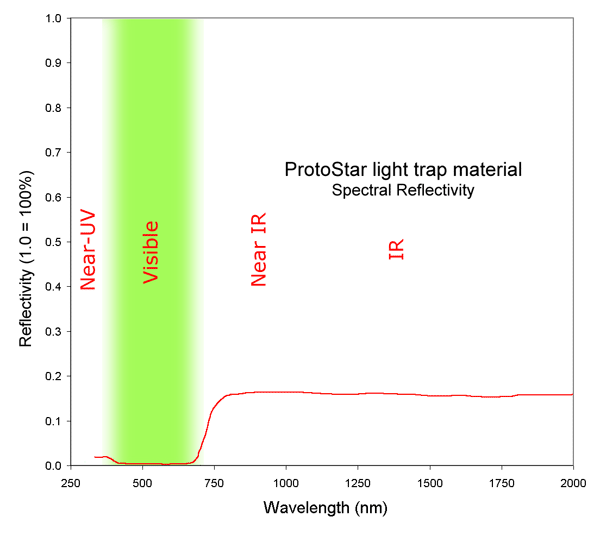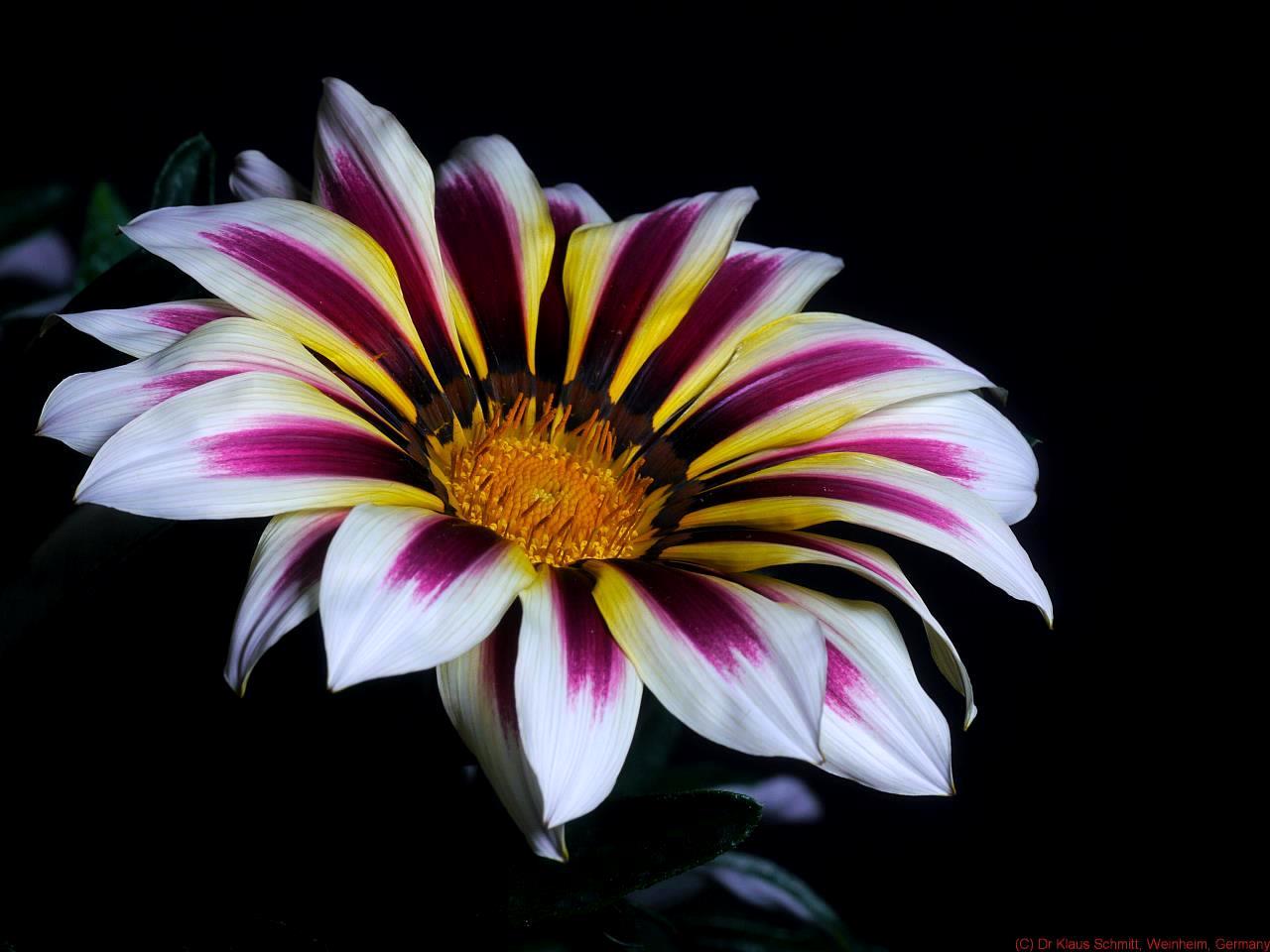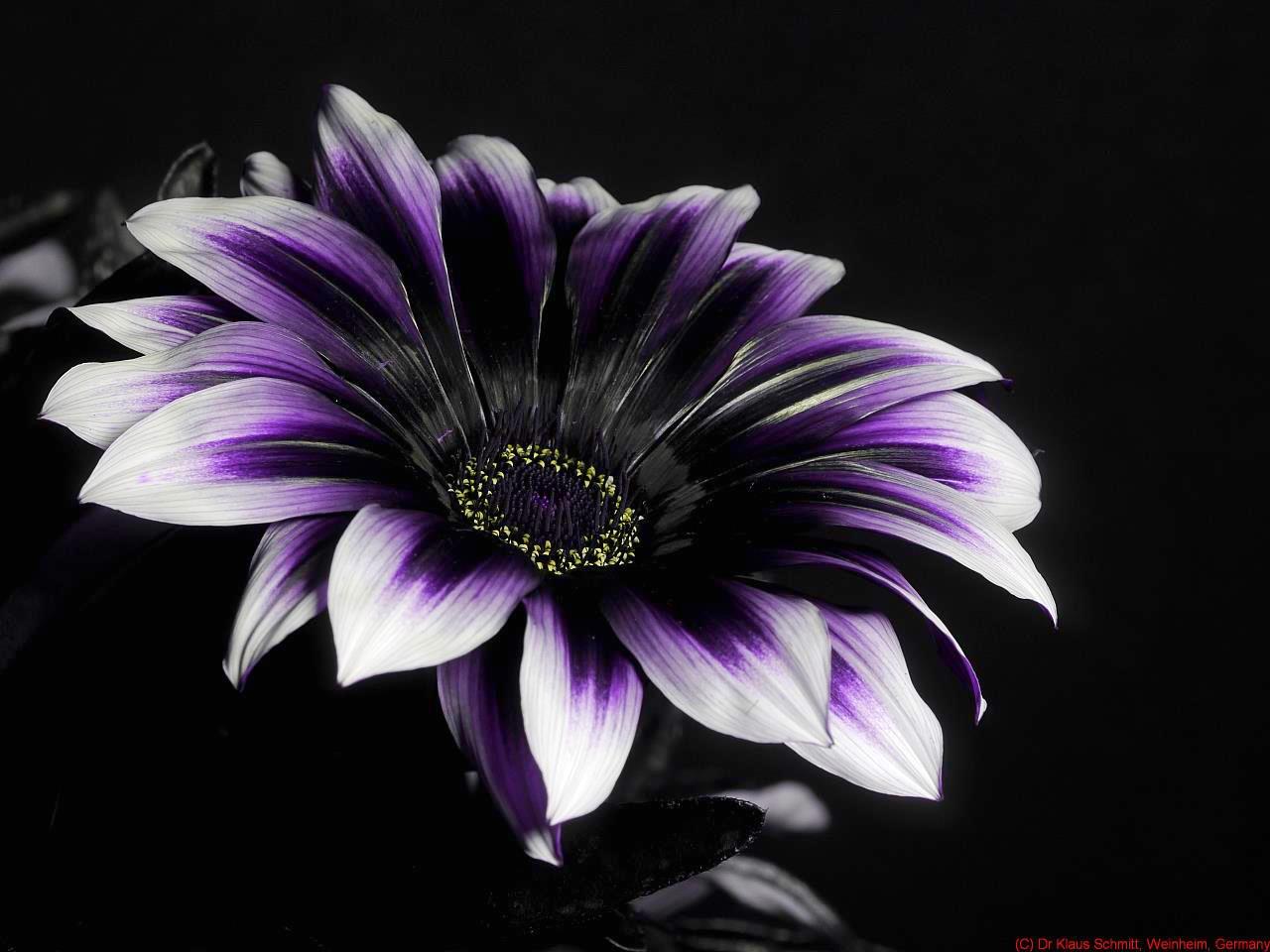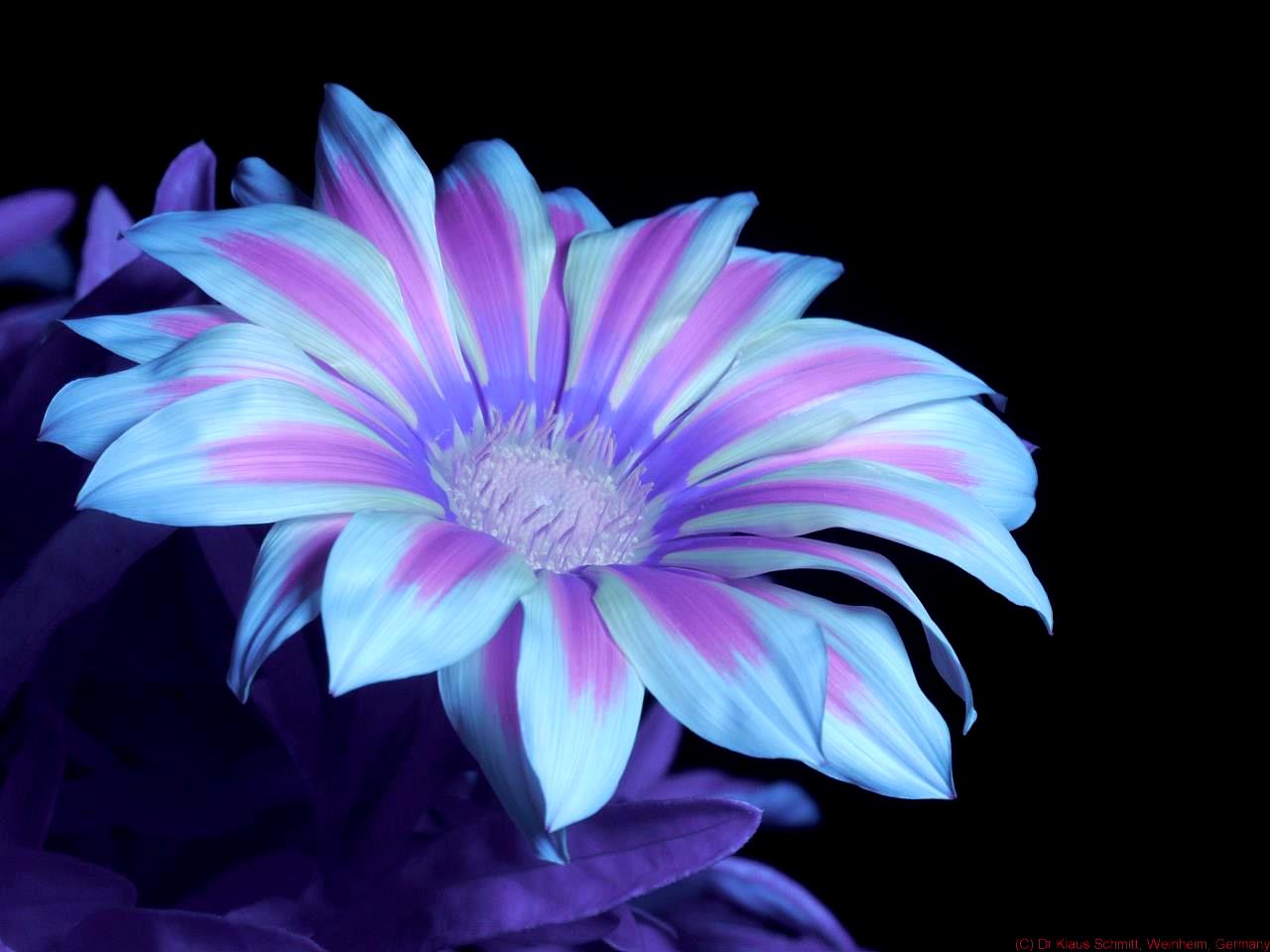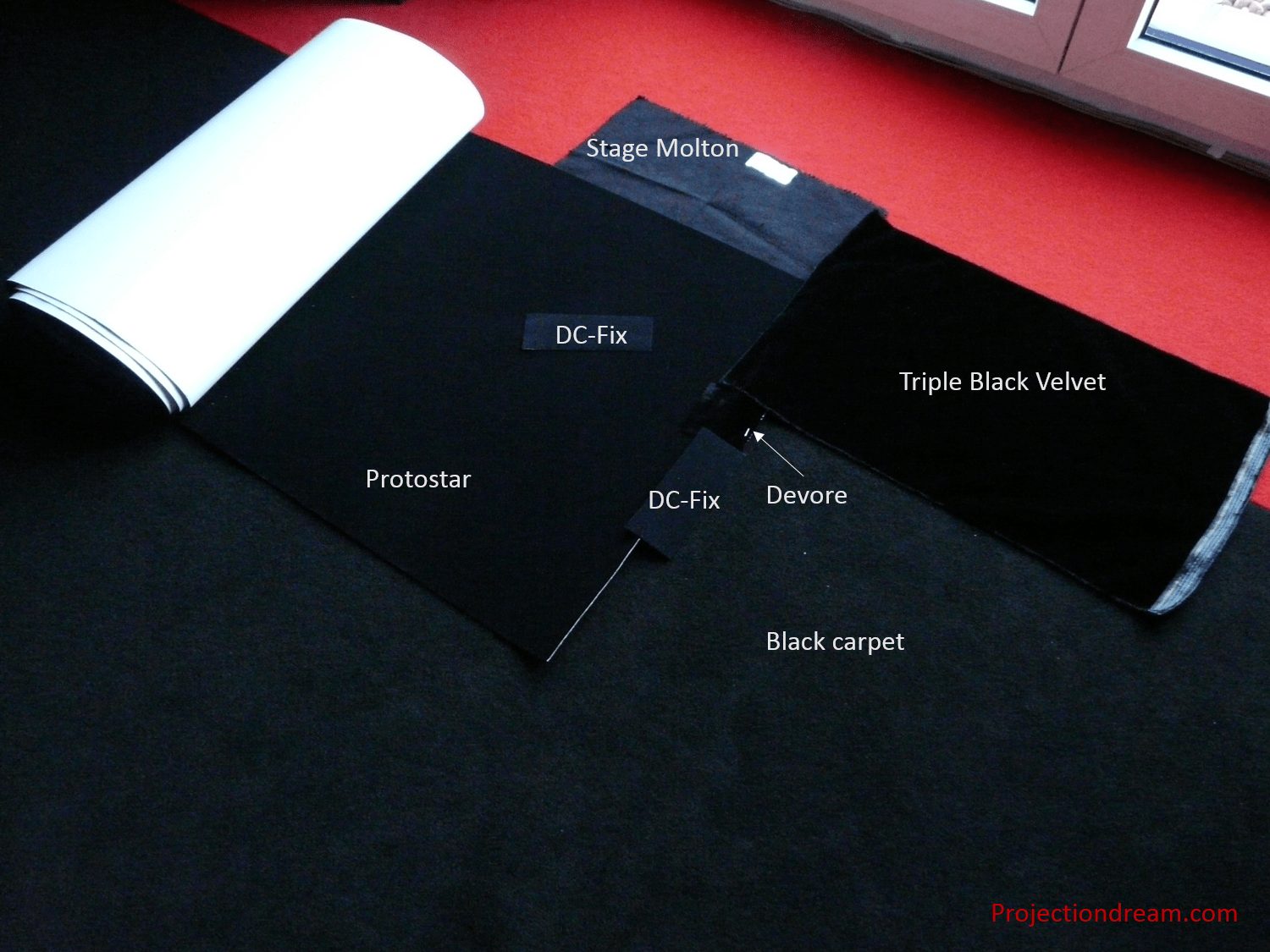Lars Harrekilde-Petersen
Member
Newbie here.
I am looking for buying advice in order to get a completely black background in both UV, visual and IR light.
To be clear, I want advice on materials (or possibly paint) that reflect practically no light, including no ultraviolet and no infrared light.
Is black felt for instance a good material for such a totally black background? Or will I get some UV or IR radiation from felt?
Hopefully the ultra-black material won't cost me (another) fortune...
I am looking for buying advice in order to get a completely black background in both UV, visual and IR light.
To be clear, I want advice on materials (or possibly paint) that reflect practically no light, including no ultraviolet and no infrared light.
Is black felt for instance a good material for such a totally black background? Or will I get some UV or IR radiation from felt?
Hopefully the ultra-black material won't cost me (another) fortune...

